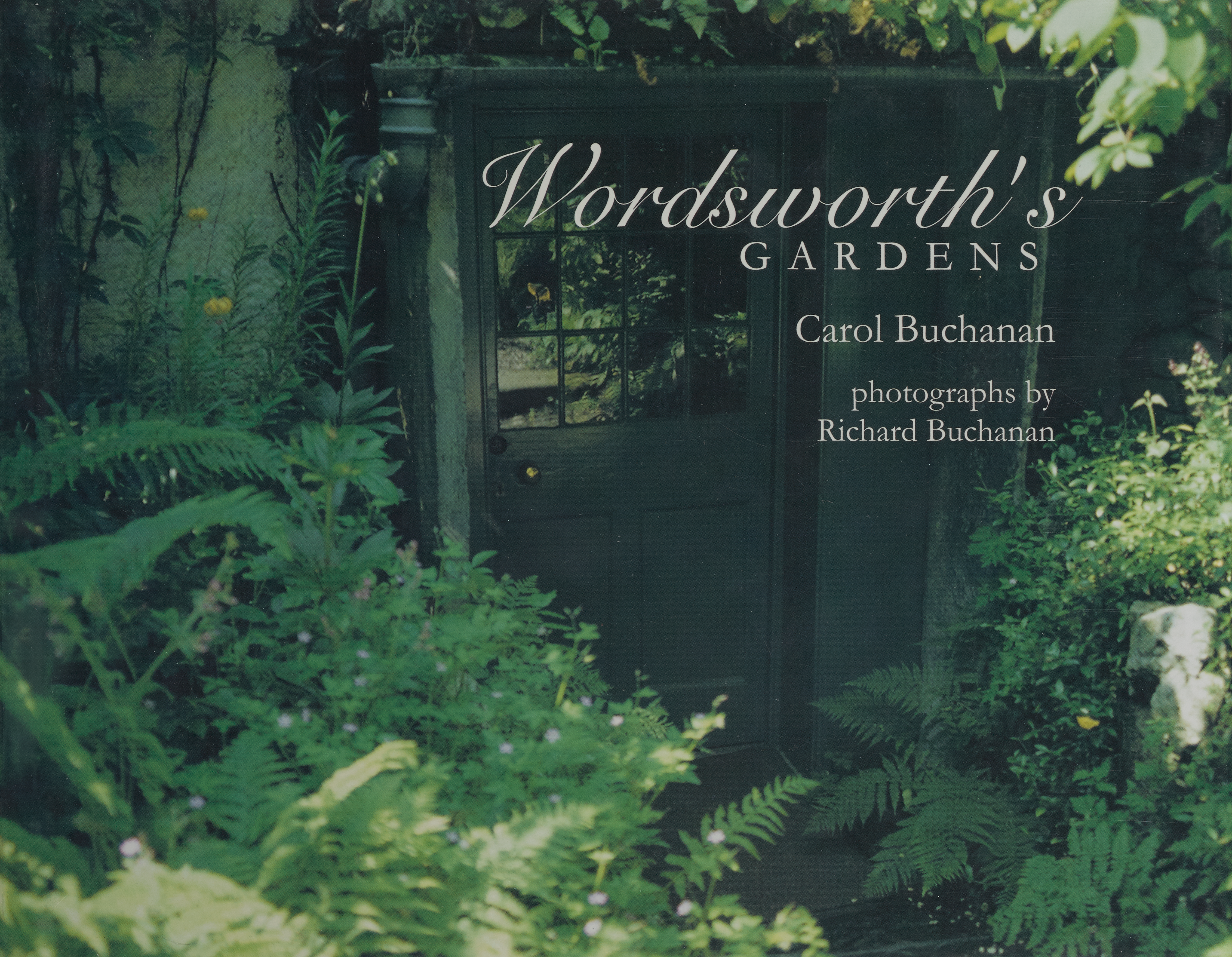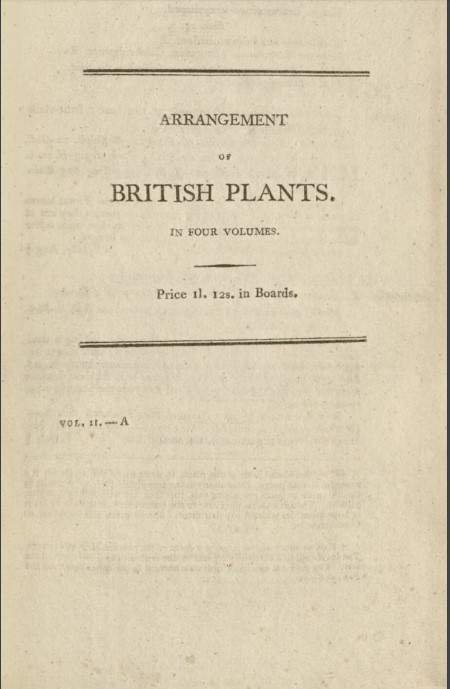Wordsworth was inspired from an early age by the majesty of his environment, and he used nature as a theme in the creation of poems such as “I Wandered Lonely as a Cloud,” “Tintern Abbey,” The Prelude, and many others. Wordsworth regularly described the natural world as spiritualized and charged with meaning, but when readers attentively study a variety of Wordsworth’s poems, they will also encounter works that demonstrate his awareness of the sublimity and even cruelty of the natural world. See, for example, passages in The Prelude that recall the poet's first encounters with death, guilt, and fear—instances of nature's stern teaching. For him, nature had many moods, and in writing poetry as well as prose, he drew upon these qualities. In addition, Wordsworth’s appreciation of the world was a product of changing scientific views. From Withering’s book (a copy of which was owned by the Wordsworths), readers can see that Wordsworth was interested in studying the latest advancements in botany, and his long walks around the Lake District and love of gardening kept him in constant contact with the often humbling but rejuvenating aspects of nature.



This display case assembled by Cameron Cornejo, Kristin Pedersen, and Staci Fisher.